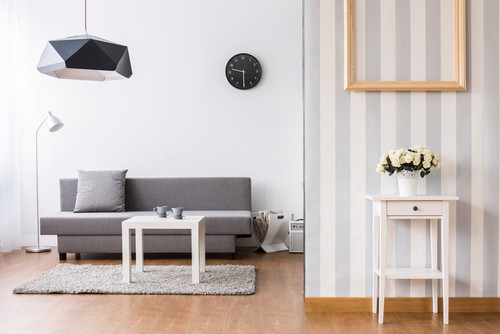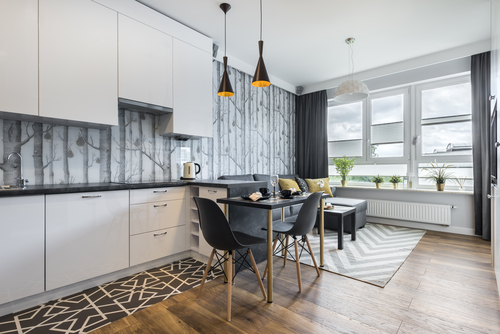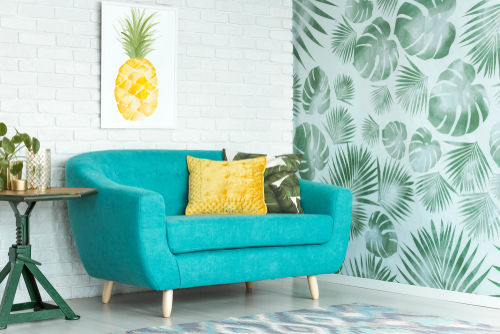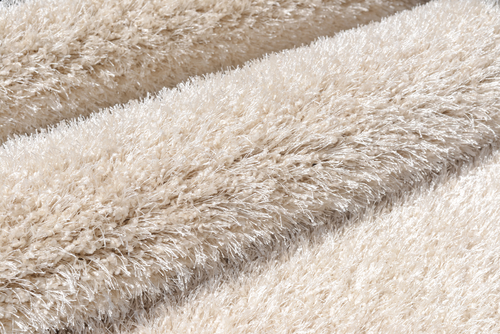
Modern wall paper For A Modern Room
November 9, 2019
Reasons To Use Wallpaper For Your Home Decoration
November 9, 2019Don’t Be Afraid of Bold Patterns

Many of you consider installing wallpaper for all the obvious reasons like style, durability, turning a house into a home and many more. So much more in fact, that we won’t even try to go into that, as it will take up the entire article. But when choosing the right house wallpaper, we see some people that are reluctant to go for the big, audacious patterns. Even among people in Singapore that usually have an appetite for interior design and understand its intricacies. Maybe they think a pattern can make a small room smaller or maybe they have seen a too dramatic wallpaper in a hallway and felt overwhelmed and now they are precautious.
We don’t want you to be a victim of the myths involving patterns so we will explain everything there is to know about patterned wallpapers. We are firm believers that once you understand patterns you will enjoy the benefits they bring to your home.
Types of pattern used in interior design
To understand better the impact patterns have when decorating a space, it is important to firstly accommodate ourselves with the types most commonly used.
1. Lines
The most basic patterned wallpaper there is, is the striped wallpaper. We are talking here about wallpaper whose design is made up of the repetition of no other element but the line, be it a horizontal or a vertical line. The thing to understand about lines is that they contribute to perceived dimension.
Vertical lines add height to a space and that is why they are perfect for a small room or in a regular room they convey elegance and nobility. Think about castles and how high the rooms are inside.
Horizontal lines on the other hand add up to the width of the room and if placed by a window they will guide that twelve hours of daylight we have in Singapore and make the room seem more spacious. A thing to keep in mind though is that the horizontal lines are have the opposite effect on height: they make the ceiling seem lower than it really is.
2. Geometric patterns
Geometric patterns cover a large array of design from the simple two-dimensional squares to intricate special geometry that creates optical illusions. Geometry is mostly associated with a more contemporary and modern style, but we quickly understand that is far from true if we refer to the Arabic or Ancient Greek patterns. Or the mid-century style. Using geometry when decorating a room makes a strong statement of sophistication and visual boldness.
3. Organic
The organic pattern is the opposite of the geometrical one. If the latter is made of shapes, angles and straight lines, the organic pattern is curvy and makes a reference to living organisms. It can be either abstract or it can depict natural leaves or flowers. It has a more traditional feel than other patterns when used in decoration. When it comes to floral patterns, the size of the motif can change entirely its effect.
How to use patterns
It is not sufficient to know what type of patterned wallpaper helps you achieve the best version of your home. There are a few other things to take into account.
1. Colors
As it was said over and over, color has a powerful impact when it comes to interior design. Similarly, color can dramatically change the effect a patterned home wallpaper has. If you want your pattern to be the visual focal point, use a strong color. If you want it to create a sensation or an emotion rather than convey a message, then go for a subtler, paler color.
2. Dimension of the pattern
The rule of thumb when choosing how big the motif that is repeated inside the pattern should be is that it is directly proportional to the space you will put the wallpaper in: the bigger the space, the bigger the pattern; the smaller the space, the smaller pattern. But that doesn’t mean that if can’t try to put a big pattern in a very small area like an entry hall or a small dressing. It might just give it the energy and greatness it needed. You just to be careful and assess the situation.
3. Dimension of the covered surface
This is one of the most important aspects to consider. A patterned wallpaper on a single wall mixed with the other 3 walls of non-patterned colored wallpaper looks entirely different than a room that is covered wall-to-wall. Remember that the most important argument for a repeating motif in your home is that it brings an accent to a space. The area that draws the eye and defines the space can be small and you will achieve great stylish results by using patterned wall decal on just a portion of the wall. Using wall decal is a great way to make a statement even if you are still reluctant to use daring decorating. We can’t stress enough how a wall decal can change the entire atmosphere of a space.
4. Mixing patterns
Another reason to use patterned wallpaper is that it can be the perfect way for you to compartmentalize a space. If you want to separate areas with the help of different patterns, there are some things you have to take into consideration. First, there can only be one powerful pattern in a visible area. Then, be aware of the scale of the motifs and don’t combine large lines with small leaves. It just doesn’t work. And of course, be aware of the colors and if they work together or not. Our advice is that you should be very careful when mixing two or more patterns. It can create a great effect or it can turn into a disaster. Leave this mixing on the hands of experts.
Patterns can make or brake a room. They can take an enormous role in defining the style of a room, they can create incredible depth, a strong visual impact and they can even make small rooms seem bigger. Don’t be afraid to incorporate patterns in your life. Take a little time to know them and they will change your home.



